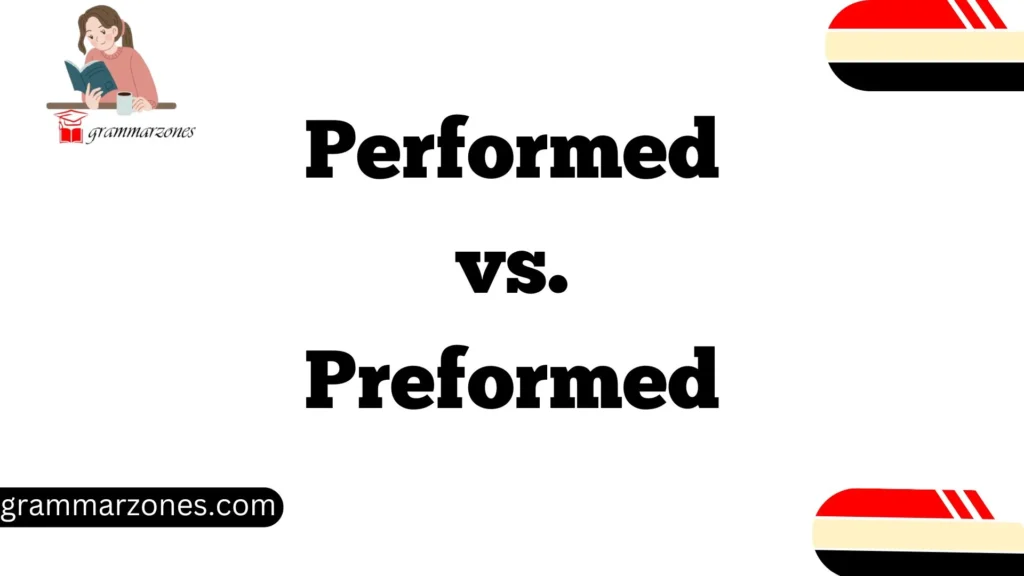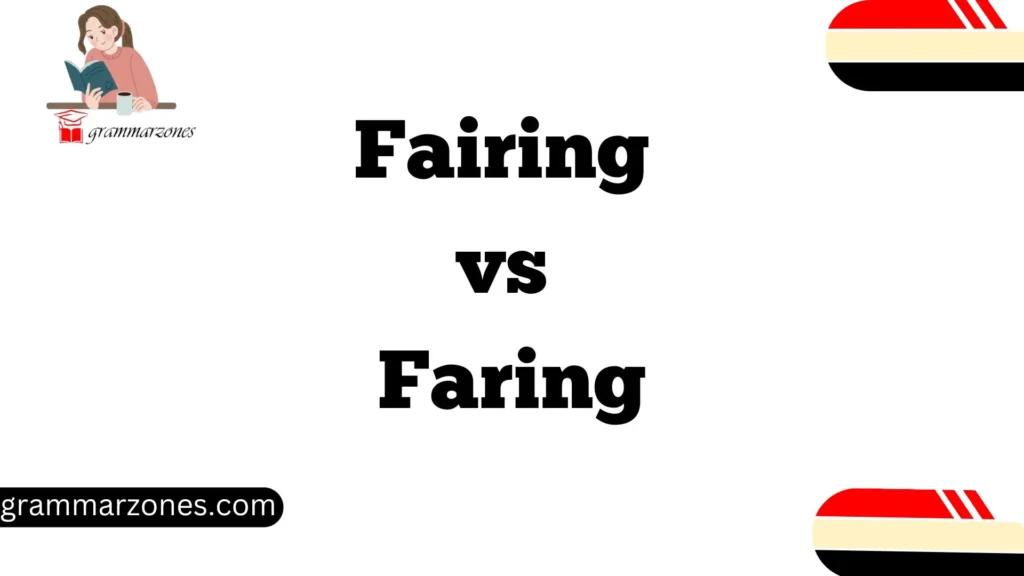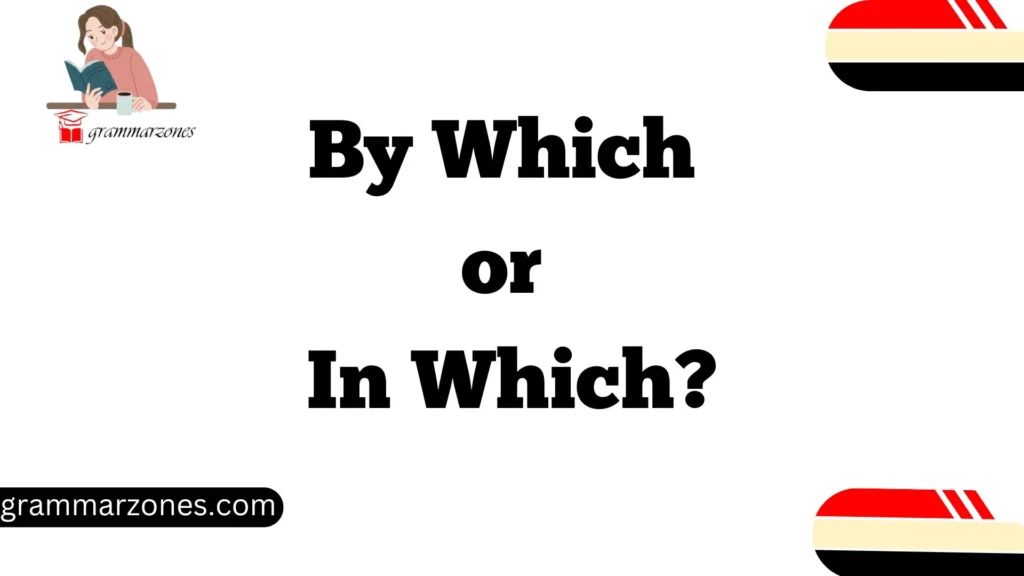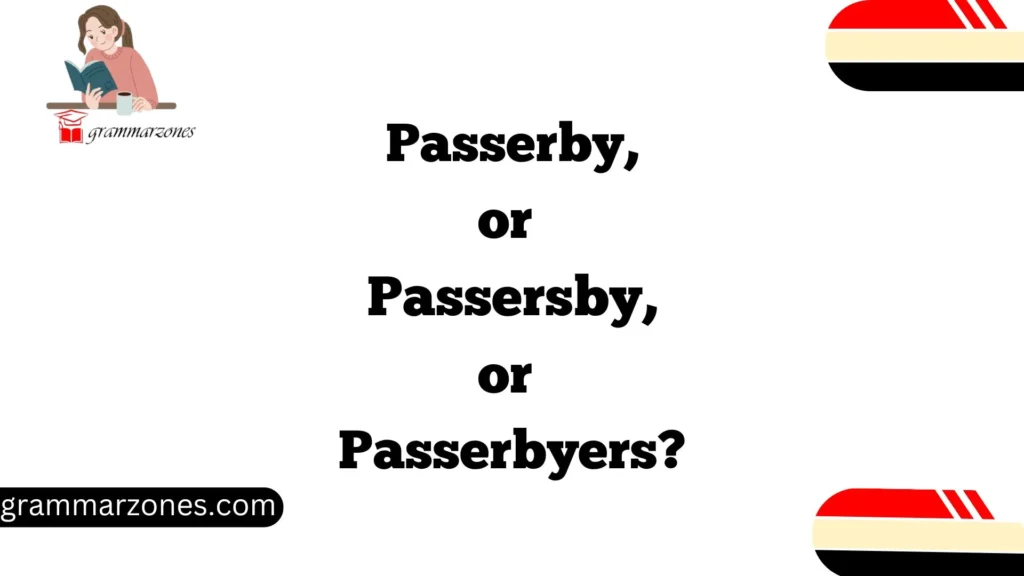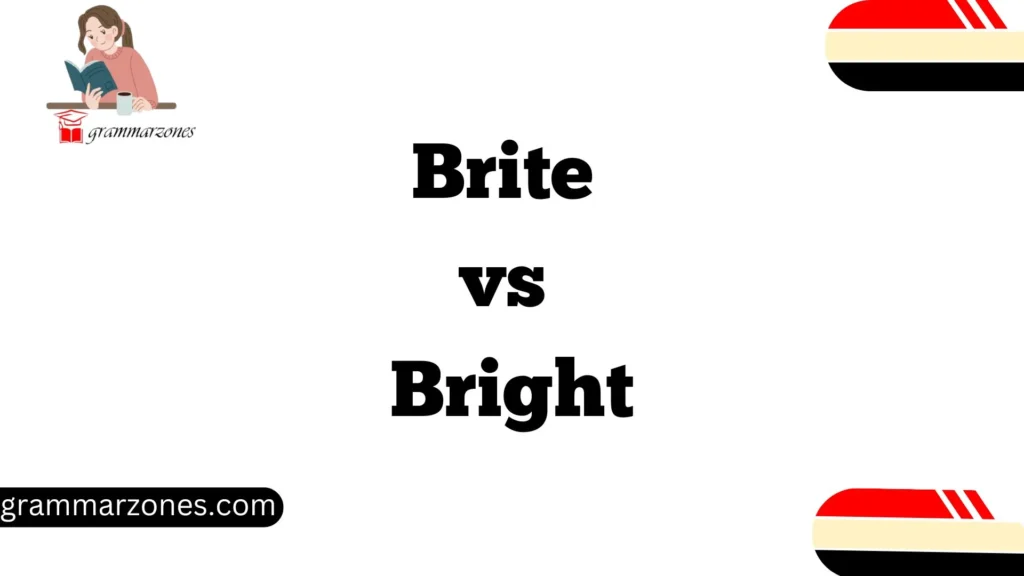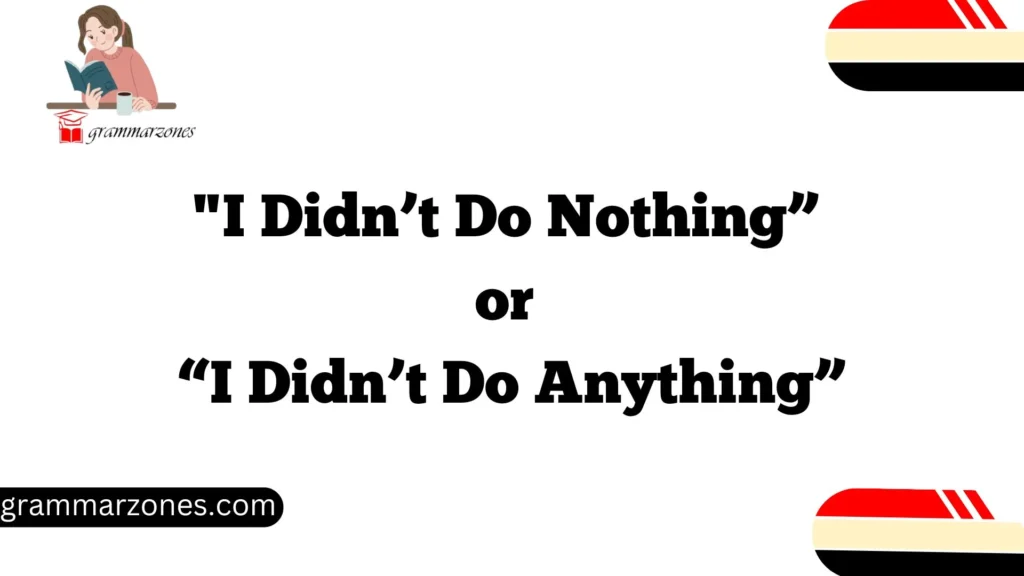English grammar can sometimes feel like a maze of confusing rules and exceptions. But when it comes to verb tenses, it’s essential to understand how small differences can affect meaning, tone, and clarity. Take, for example, the seemingly simple phrases “is used,” “has been used,” and “was used.”
At first glance, these phrases might seem interchangeable, but they each tell a different story. Knowing when to use one over the other will not only improve your writing but also make it sound more natural and polished.
In this article, we will break down the differences between these three verb forms, provide practical examples, and show you how to use them correctly.
Whether you’re writing an academic paper, business report, or casual blog post, understanding these tenses will give your writing the clarity and precision it deserves. Let’s dive in!
The Basics of English Verb Tenses
Before we dig into the specific differences between “is used,” “has been used,” and “was used,” it’s crucial to understand the basic concept of verb tenses.
English uses verb tenses to express the time an action occurs (past, present, future) and whether that action is ongoing, habitual, or completed.
- Present Tense: Describes actions happening right now or actions that are generally true.
- Past Tense: Refers to actions completed in the past.
- Present Perfect Tense: Connects past actions to the present moment. These actions either continue into the present or have an effect on the present.
The tense of a verb can tell the reader whether an action is a regular occurrence, has just happened, or took place long ago. It’s important to choose the right tense to avoid confusion and ensure your message is clear.
Now, let’s break down the specific tenses we’re focusing on here: “is used,” “has been used,” and “was used.”
Breaking Down “Is Used”
Definition & Usage
“Is used” is a phrase in the present simple passive tense. It indicates that an action happens regularly or is generally true, but the focus is on the object or the action itself, rather than the person performing the action. In this construction, the subject receives the action rather than performing it.
Example:
- “This tool is used by professionals to measure temperature.”
In this example, the tool is the subject, and the action (using the tool) is happening regularly, but we don’t know or care who specifically is performing the action.
When to Use “Is Used”
Use “is used” when you want to describe something that occurs routinely or is generally true in the present. It’s typically used to talk about habits, facts, or actions that happen repeatedly over time.
Example Sentences:
- “The software is used daily by over 10,000 users.”
- “This technique is used in nearly every industry.”
Common Mistakes to Avoid
A common mistake is using “is used” for actions happening right now. For example, saying “I am using this tool right now” is more accurate than saying “this tool is used right now.”
The Power of “Has Been Used”
Definition & Usage
“Has been used” is a phrase in the present perfect passive tense. This tense expresses actions that happened in the past but are still relevant to the present moment. The action was completed at some point in the past, but it has a lasting impact or connection to the present.
Example:
- “The product has been used by millions of customers worldwide.”
This sentence tells us that, at some point in the past, the product was used. But the use of the product is still relevant now because it has been widely adopted.
When to Use “Has Been Used”
You should use “has been used” when referring to something that started in the past and has ongoing relevance in the present. It’s useful when the focus is on the result or effect of an action, which continues to be important now.
Example Sentences:
- “This method has been used successfully for years.”
- “The data has been used in several studies.”
Common Mistakes to Avoid
One mistake is to use “has been used” when there is no relevance to the present moment. For example, saying “The idea has been used in 1990” is incorrect because the action took place long ago without current relevance.
“Was Used” – The Past in Focus
Definition & Usage
“Was used” is a phrase in the past simple passive tense. This tense describes an action that happened at a specific point in the past but has no current connection to the present. It is used to describe something completed in the past with no lasting effect.
Example:
- “The system was used extensively last year.”
In this sentence, the action is finished. It took place during a particular time in the past, and it’s not important to the present context.
When to Use “Was Used”
Use “was used” when you want to refer to an action that was completed at a specific point in the past, with no continuing impact or relevance in the present.
Example Sentences:
- “The device was used in the test last month.”
- “The program was used only by a small group of participants.”
Common Mistakes to Avoid
A frequent error is to use “was used” for actions that still have significance today. For example, saying “This tool was used to revolutionize the industry” would be incorrect because the tool’s impact is ongoing.
Key Differences Between “Is Used,” “Has Been Used,” and “Was Used”
Understanding the distinctions between “is used,” “has been used,” and “was used” is essential for conveying the right timeline, meaning, and context in your writing. Let’s break it down:
- “Is Used”: Refers to habitual actions, general truths, or facts in the present. It suggests that something is regularly used or typically used.
- “Has Been Used”: Refers to actions that began in the past and continue to have relevance or effect in the present. It emphasizes the result or impact of the past action.
- “Was Used”: Refers to a specific action completed at a point in the past. There is no continuing relevance or impact in the present.
Examples of Misunderstandings
- “The software has been used by many companies yesterday.” (Incorrect – “yesterday” is a specific point in the past, so “was used” should be used here.)
- “The device is used for measuring temperature in the past.” (Incorrect – “in the past” is a clear past time frame, so it should be “was used.”)
How to Choose the Correct Form in Context
Choosing the correct form depends on understanding the time frame of the action and its relevance to the present. Here’s how to decide which verb form to use:
1. Look for time indicators: Words like “now,” “yesterday,” “for years,” or “in the past” will clue you in on whether to use “is used,” “has been used,” or “was used.”
- “Is used”: For present, habitual actions (e.g., “She is used to the routine”).
- “Has been used”: For actions with a lasting effect (e.g., “It has been used for decades”).
- “Was used”: For actions completed in the past (e.g., “It was used last year”).
2. Consider the relevance: Does the action matter now? If it does, use “has been used.” If it’s a routine or fact, go for “is used.” If it’s a specific past event, “was used” is your choice.
3. Check the sentence structure: The passive form is used when the focus is on the action itself, not the person performing it.
Practice Section: Real-World Examples
Here’s a quick quiz for you. Which verb form fits best in these sentences?
- The equipment _______ during the experiment last month.
(Answer: was used) - The term ______ to describe the issue for many years.
(Answer: has been used) - This technique _______ by engineers in various industries.
(Answer: is used)
Conclusion
Mastering the subtle differences between “is used,” “has been used,” and “was used” can elevate your writing and communication skills. Whether you’re describing a general truth, an ongoing process, or a past event, using the correct verb form will help your message come across clearly and effectively.
By understanding these verb tenses, you can express yourself with more precision, making your writing sound more natural and authoritative. So, the next time you sit down to write, remember the nuances of these tenses, and you’ll see how small details can make a big impact.
Frequently Asked Questions (FAQs)
1. What’s the main difference between “is used” and “has been used”?
“Is used” talks about something that’s currently done on a regular basis — a fact or routine. “Has been used” refers to something that started in the past and still matters now. For example:
- Is used: “This app is used by teachers every day.” (ongoing habit)
- Has been used: “This app has been used to improve classroom engagement.” (past action with current relevance)
2. Can I use “was used” when talking about something that’s still happening?
No — “was used” refers to a past event with no current connection. If the action still matters or is ongoing, use “has been used” or “is used” instead.
- ❌ “The device was used in hospitals and is still used now.” (Mixed tenses)
- ✅ “The device has been used in hospitals for years.” (Correct, ongoing relevance)
3. Is it okay to use all three phrases in one article or sentence set?
Absolutely — as long as you’re clear on the time frames. These tenses describe different timelines, so using them together can actually show a fuller picture.
Example:
“This method was used in the 1980s, but today it is used in most labs and has been used successfully for decades.”
4. How can I know which one to choose when I’m unsure?
Ask yourself two things:
- Is the action still happening or relevant today? → If yes, lean toward “has been used” or “is used.”
- Did it happen at a specific time in the past with no current relevance? → Use “was used.”
5. What about “is being used”? How is that different?
“Is being used” describes something that’s happening right now, in the present continuous passive voice.
Example:
“The printer is being used right now, please wait.”
It’s different from “is used”, which talks about habitual or general use, not what’s happening in this exact moment.

“Emma Rose is a dedicated language enthusiast who loves to explore the beauty of English grammar and writing. Through GrammarZones.com, Emma shares her expertise and passion for language, offering helpful resources and engaging lessons for learners at all stages.

